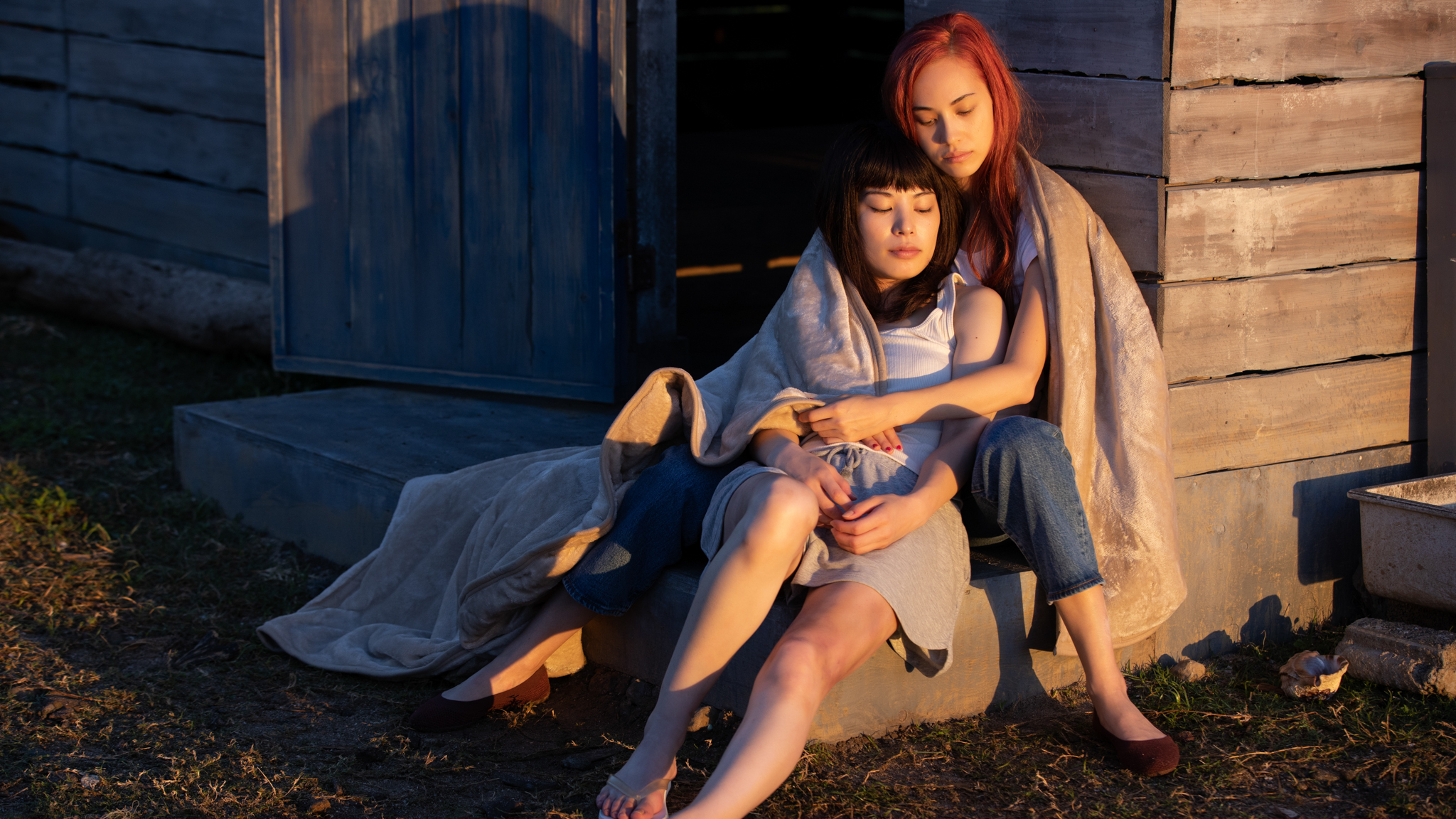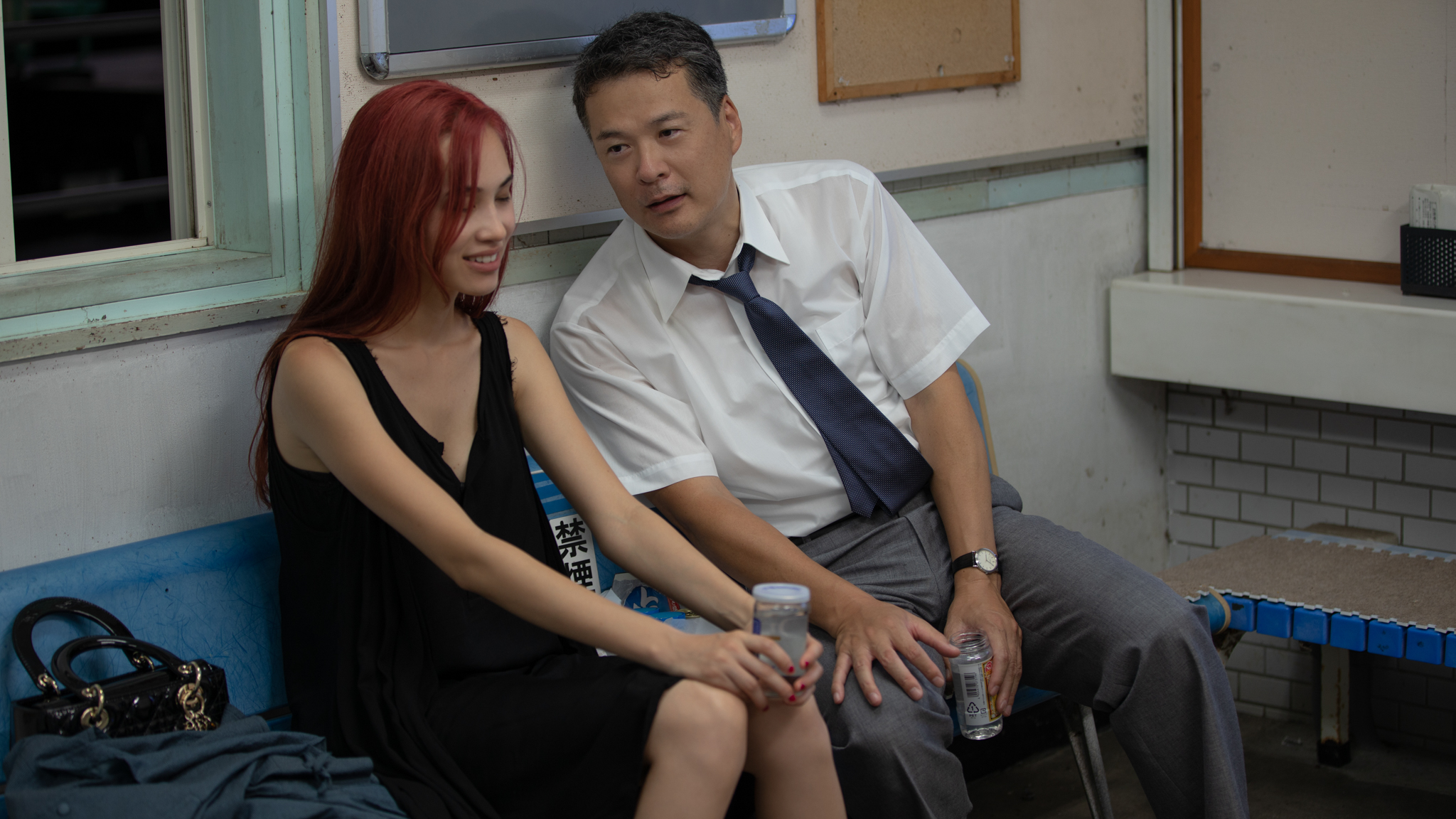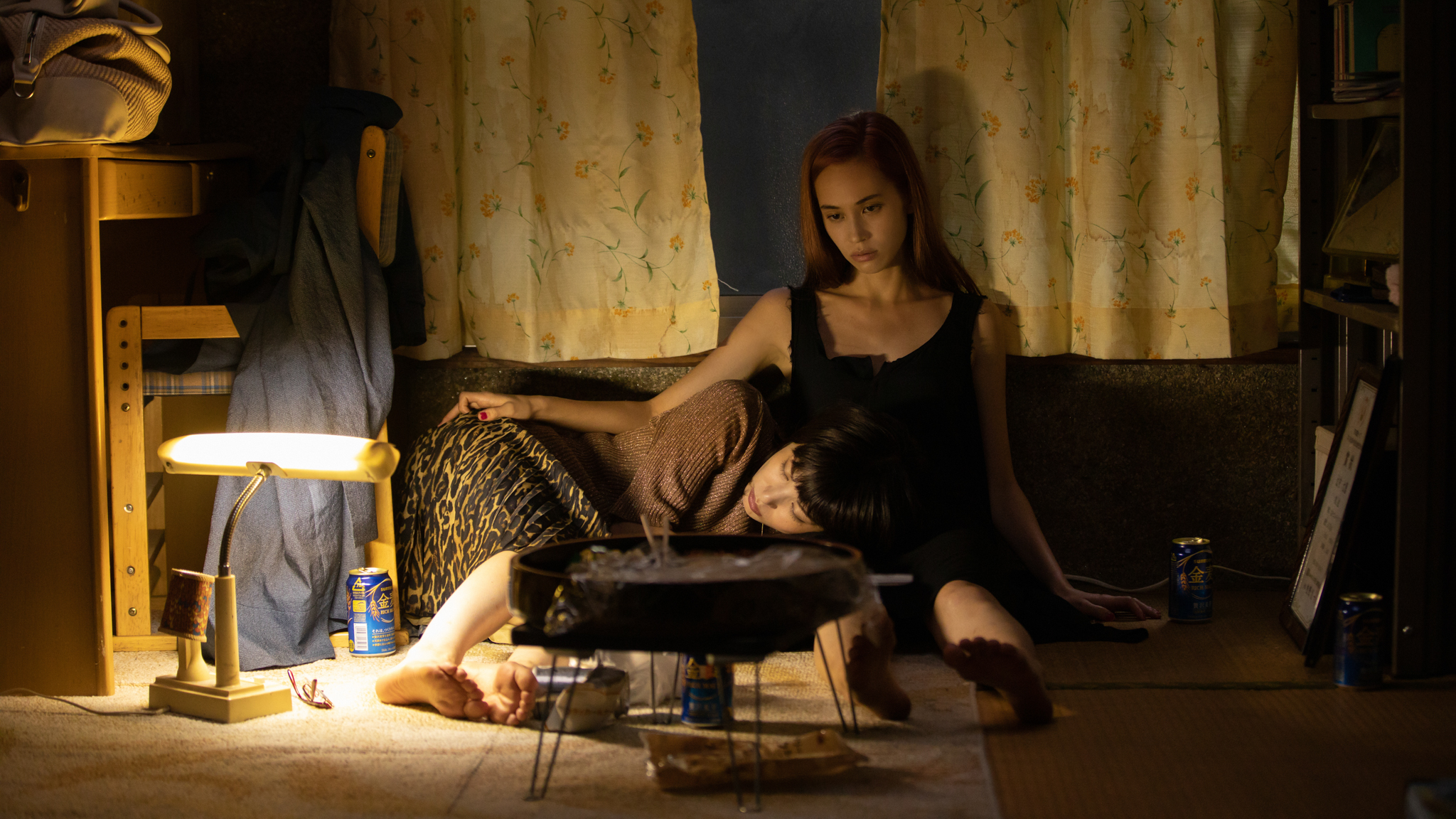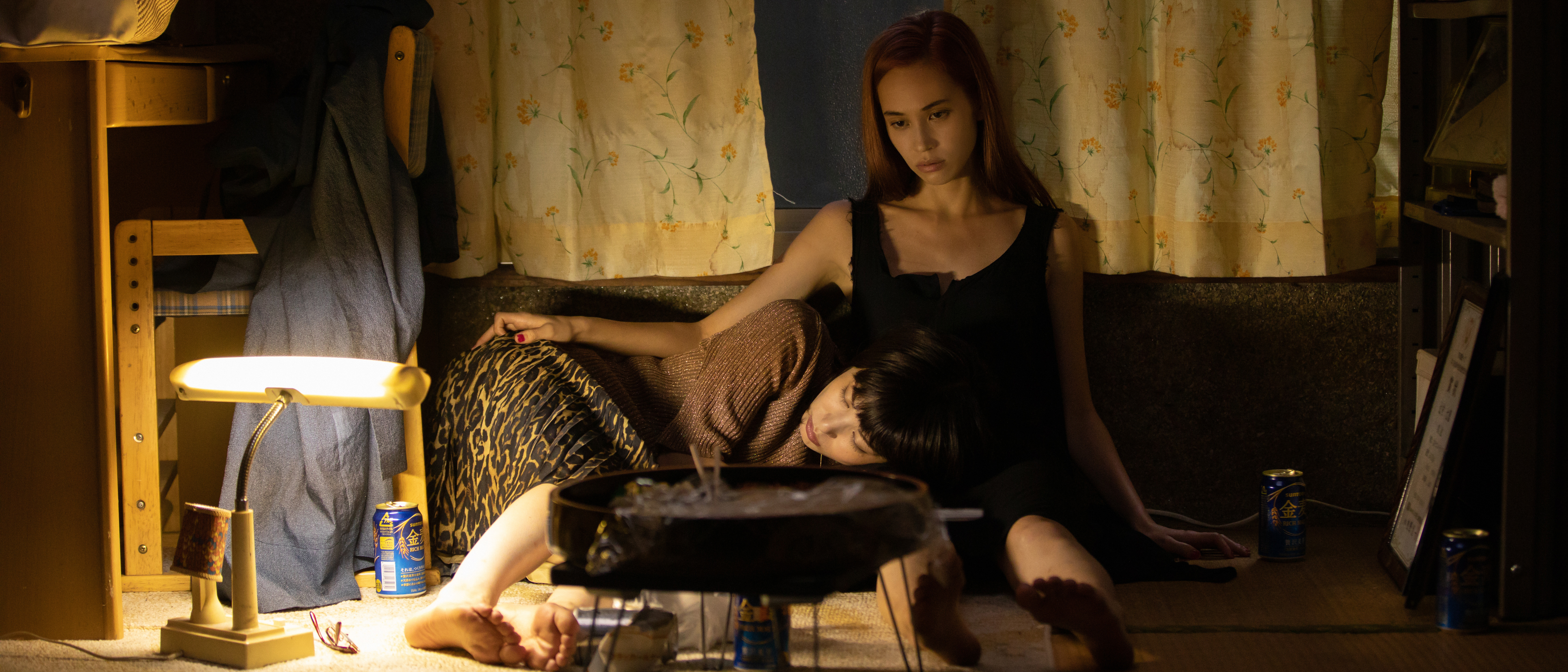What to Watch Verdict
High school lovers reconnect after a decade, leading to a murder, a betrayal, and two women on the run. But there's nothing particularly Thelma or Louise in this manic Japanese thriller — and time doesn't heal all wounds.
Pros
- +
🇯🇵 Passionately acted.
- +
🇯🇵 Beautifully shot.
- +
🇯🇵 The love is as in as sharp focus as the hate.
Cons
- -
⚠️ All the abuse can be a little hard to take.
- -
⚠️ A little long at 2-plus hours.
The Netflix film Ride or Die involves spousal abuse, murder, and talk of suicide. Be forewarned.
There's a good chance when you read about Ride or Die you'll hear the Japanese film reduced by comparisons to Thelma and Louise. Or maybe a bad reminder of a The Fast and the Furious. But this Netflix import has absolutely nothing to do with either. Nor is it the nearly pornographic flick others might make it out to be.
Ride or Die is a film of extremes, and how easy it is it is to get lost the pleasurable haze on one end before getting yanked back to the unthinkable madness on the other. It's manic. It's violent. And the time spent in a zone of relative safety in the middle only amplifies the love. And the hate.
You have to feel for Rei and Nanae.
MORE: Is Ride or Die available in English?
Ride or Die starts off nearly silent for the first 5 minutes or so, which does a wonderful job of drawing you in. Rei Nagasawa (Kiko Mizuhara), a beautiful 29-year-old with striking dyed-red hair, makes her way through a series of bars until she ultimately finds herself being picked up by a man.
They go back to his place. They have fiery sex. And Rei stabs him in the neck with a scalpel.
The latest updates, reviews and unmissable series to watch and more!
He's not just a hookup. He's a target. And nothing was going to stop Rei from killing him.
Rei didn't just stab Kotaro Shinoda (Shinya Niiro), only to have him throw her off of him and onto a table. She got up and finished the job with a slice of the throat. This was both a premeditated kill, and a crime of passion.
What led her into the bed of a man, only to murder him as he was inside her? Kotaro's battered wife, Nanae.
Rei lives with her girlfriend, whom we meet drunk and in the bath. Rei looks for all intents and purposes to be a perfectly normal partner, dressed as if she had just come from the office and stopped to do a little shopping on the way home. She goes to change and gets a phone call from Nanae.
The two had a forbidden love in high school. A same-sex relationship in a school and in a culture that wouldn't tolerate anything of the sort. And that's to say nothing of their families. Love at first sight? Pretty much.
They haven't seen each other for 10 years or so when Nanae calls Rei out of the blue. Rei goes to her friend. They talk. They kiss. They undress. And that's when Rei sees her love's body covered in bruises. Nanae tells Rei she's afraid of her husband and fears for her life.









Ride or Die is mostly set in the days following the murder. Rei calls Nanae and tells her what she's done, and the two go on the run in a red convertible BWM. (OK, maybe a little nod to Thelma and Louise.) They hide out in family homes, get help from a taxi driver — all while the authorities and the press search for pair, who most certainly are suspects.
But the abuse that both endured as teenagers didn't end at adulthood. It didn't end when Rei and Nanae reconnected. Nor did it end when Rei murdered Nanae's husband. These are two women that — when they're together, anyway — don't seem to have full control over their own emotions. There's talk of suicide. There's more talk of murder. There's resentment. There's unbridled hatred balanced by raw sexuality (Rei had sex with a man for the first time when she killed Kotaro). It's messy, and stark, and far more real than anything you've probably watched in a while.
The extreme moments — again, the anger and hate and love and passion and sex and violence — are tempered by the quiet moments, and also by the sheer length of the film, which lands at about 2 hours and 15 minutes. There are sections that aren't exactly necessary to the story, except to allow everyone to come down from those manic moments and just breathe for a few minutes.
The only real surprise in Ride or Die (again, you have to forgive the name, and the whole thing is based on the 2007 comic Gungo) is the ending. There's no Thelma and Louise moment here. It all sort of just ... stops, and not in a particularly satisfying way. It's just over.
Seemingly as quickly as it began.
Phil spent his 20s in the newsroom of the Pensacola (Fla.) News Journal, his 30s on the road for AndroidCentral.com and Mobile Nations and is the Dad part of Modern Dad.


